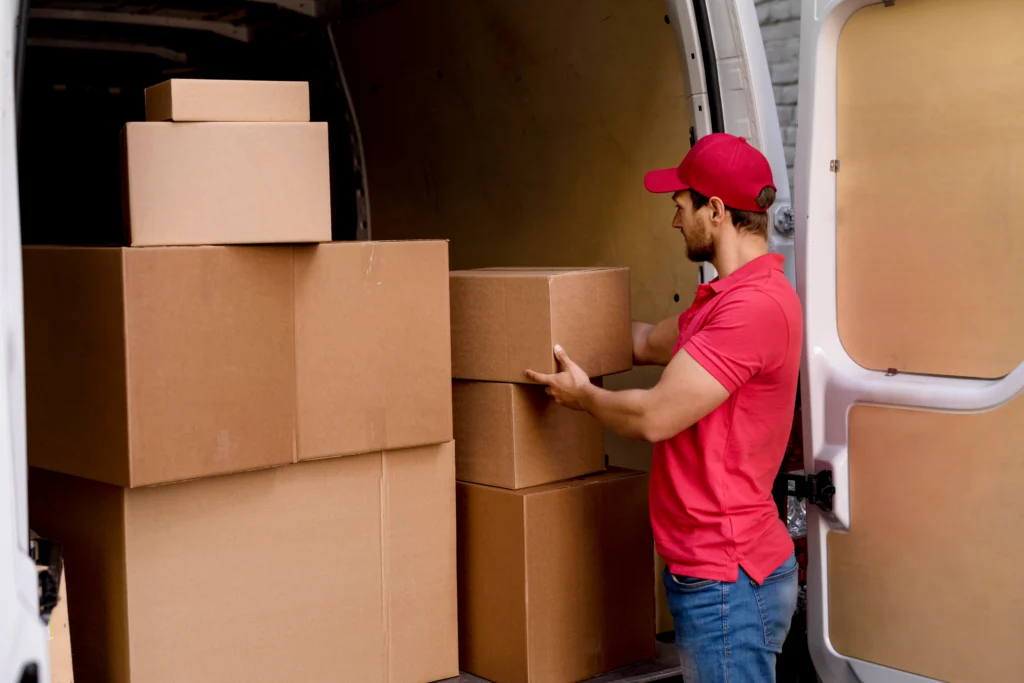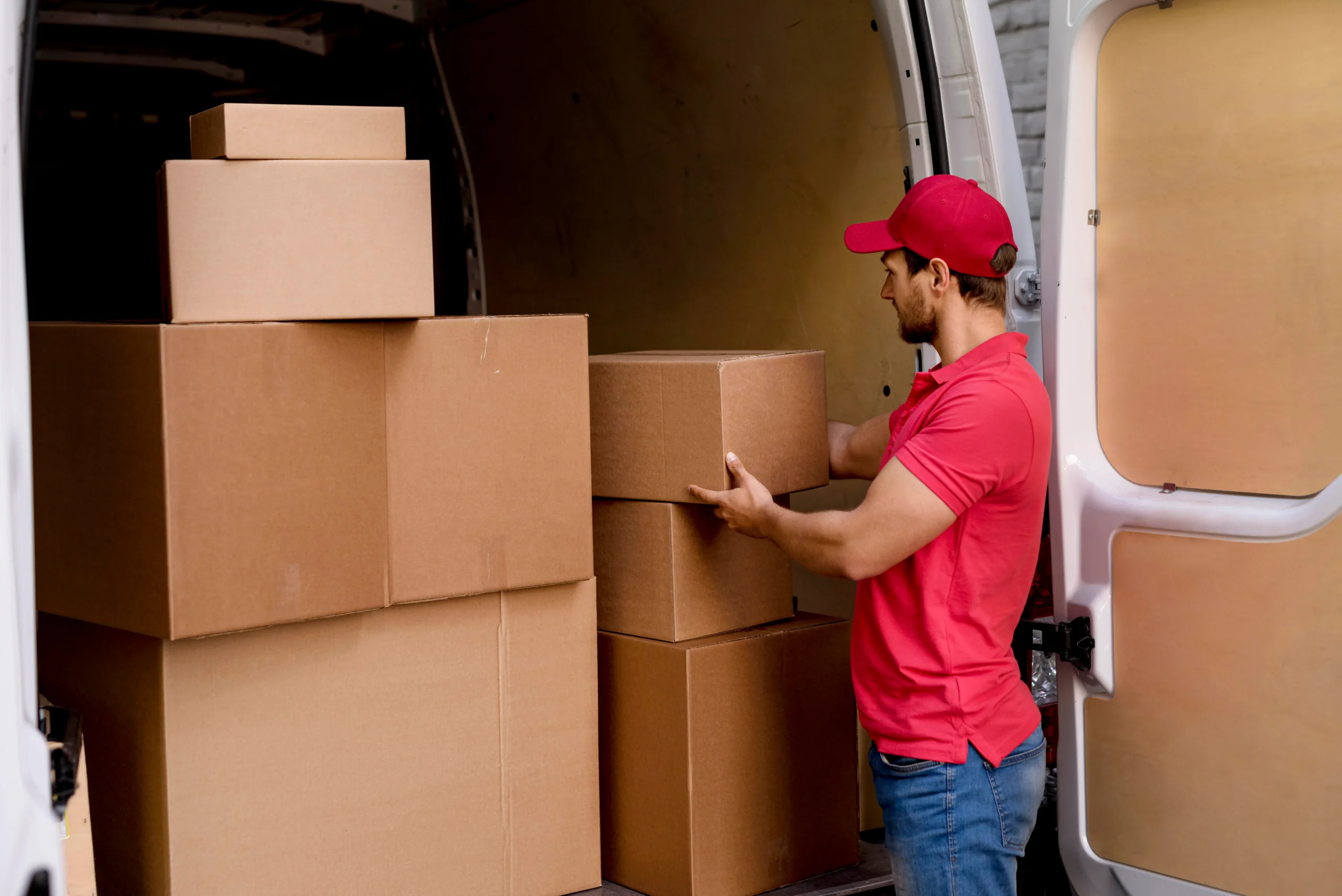Best Packing Materials to Use for a Safe Move
Publisehd On:

When it comes to relocating your home or office, packing isn’t just about putting things into boxes — it’s about protecting your belongings and ensuring they arrive safely at your new destination. One of the primary reasons items get damaged during relocation is the use of substandard or inappropriate packing materials. Whether you’re hiring professional movers or handling the move yourself, choosing the best packing materials is crucial for a safe and organized relocation. This choice of quality packing materials will give you the confidence and security that your belongings are in good hands.
In this article, we’ll break down the essential packing supplies you need for a safe move, how to use them effectively, and why cutting corners on materials can cost you more in the long run.
Why Good Packing Materials Matter
Before we dive into the list, let’s quickly understand why quality packing supplies are non-negotiable:
- Prevents breakage, scratches, and dents during transport
- It keeps items organized and makes it easier to unpack
- Saves money by reducing the chances of replacing damaged goods
- Ensures safety when moving fragile, valuable, or heavy items
- It makes the shifting process faster and more efficient
Using the right packing materials isn’t a luxury — it’s a necessity.
Essential Packing Materials for a Safe Move
Corrugated Cardboard Boxes
The backbone of any move, corrugated cardboard boxes, are sturdy, lightweight, and come in various sizes to suit different items.
Why they’re important:
- Provide strong support for a variety of household items
- Stack easily in moving vehicles
- Available in heavy-duty versions for heavy or fragile items
Pro Tip: Use small boxes for heavier items, such as books, and larger boxes for lighter belongings, like bedding.
Bubble Wrap
One of the most popular protective materials, bubble wrap, shields fragile items from shocks, vibrations, and pressure during transport.
Best for:
- Glassware and crockery
- Mirrors and photo frames
- Electronics
- Decorative items
Use tip: Wrap items fully, secure the wrap with packing tape, and place them snugly inside boxes.
Packing Paper
Soft, unprinted packing paper is perfect for wrapping delicate objects and filling empty spaces in boxes to prevent items from shifting.
Ideal for:
- Kitchen items like plates, glasses, and cutlery
- Small decorative objects
- Wrapping between layers of packed goods
Why use it: Unlike newspapers, packing paper won’t stain or leave ink marks.
Stretch Wrap (Plastic Film)
Stretch wrap is a thin, clingy plastic film that sticks to itself and is commonly used to bundle and secure loose items or furniture.
Use for:
- Wrapping drawers and cabinet doors shut
- Protecting upholstery from dust and scratches
- Bundling similar items together (curtain rods, tools)
Bonus: It’s waterproof and resistant to tearing.
Thermocol (Polystyrene) Sheets and Corners
Thermocol sheets and corners provide an extra cushion for fragile and expensive items, absorbing shock and pressure to protect them.
Best for:
- Electronics like TVs and computers
- Glass table tops
- Paintings and framed art
- Home decor pieces
Use tip: Combine with bubble wrap for maximum protection.
Heavy-Duty Packing Tape
Good packing is incomplete without strong, heavy-duty packing tape. It seals boxes securely, keeps bubble wrap in place, and prevents boxes from opening during transit.
Look for:
- High-tensile strength tape
- Water-resistant and durable adhesive
- Wide rolls for extra grip
Pro Tip: Opt for high-quality tape that won’t peel off easily or leave a sticky residue.
Ziplock and Sealable Plastic Bags
Small sealable bags are excellent for storing tiny items that can get lost during a move.
Use for:
- Screws, bolts, and hardware from dismantled furniture
- Jewelry
- Cables and chargers
- Keys and remote controls
Bonus: Label the bags and tape them to the corresponding items for easy reassembly.
Labels and Markers
While not exactly a packing material, labels, and permanent markers are essential for an organized and stress-free move, as they play a crucial role in helping you stay in control and prepared during the moving process.
Why important:
- Identify box contents
- Mark boxes containing fragile items
- Indicate which room each box belongs to
- Write handling instructions (e.g., “This Side Up” or “Handle with Care”)
Tip: Use color-coded labels for each room to simplify the unpacking process.
Furniture Blankets and Moving Pads
Professional movers use these thick, padded cloths to protect furniture from scratches, dents, and dirt.
Ideal for:
- Wooden furniture
- Appliances
- Glass tops and mirrors
Use tip: Secure them in place using stretch wrap or moving straps.
Moving Straps and Trolleys
For heavier items, such as refrigerators, washing machines, and big cabinets, moving straps and hand trolleys ensure safe lifting and transportation without damaging floors or straining your back.
Why use them:
- Improve safety during lifting
- Reduce the risk of dropping heavy items
- Prevent back injuries and property damage
Things to Avoid Using as Packing Materials
While it might be tempting to cut costs by using everyday household items for packing, some of these can do more harm than good:
❌ Old newspapers (can stain items)
❌ Thin plastic bags (tear easily)
❌ Weak or single-ply cartons
❌ Dirty cloth rags (can transfer dust and dirt)
Investing in proper packing materials is always safer and more cost-effective in the long run.
Conclusion
Packing is one of the most essential parts of any move — and using the right materials makes all the difference. Quality packing materials not only protect your valuable belongings but also make unpacking and settling into your new space much smoother.
From corrugated boxes and bubble wrap to stretch films and moving blankets, ensure you have all the essentials before starting your packing process. Whether you’re shifting a small room or an entire house, these materials offer peace of mind, saving you from unnecessary stress and unexpected costs.
If you’re hiring professional movers, ensure they use high-quality packing supplies as well. After all, your belongings deserve the best protection during their journey to your new home.


